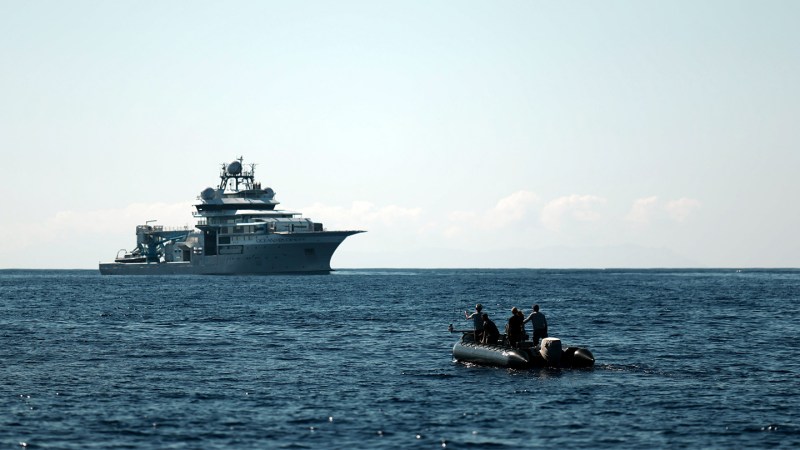
Extreme Climate Survey
Scientific news is collecting questions from readers about how to navigate our planet’s changing climate.
What do you want to know about extreme heat and how it can lead to extreme weather events?
Over six episodes, viewers tag along on expeditions to study marine life in the shallow tropical waters of the Caribbean, the seemingly endless depths of the Atlantic Ocean and along the frigid shores of the Arctic Ocean. Not surprisingly for a series produced and broadcast by Cameron, OceanXplorers takes every stereotype of the laid-back, relaxing nature documentary, secures it in a camera trap, and throws it out to the sharks. The vibe is definitely more Shark Week than David Attenborough, but the science is still in the limelight.
In the second episode, for example, the team hopes to observe how sperm whales dive near the Azores islands in the North Atlantic. Balehead whales can dive a mile deep for up to an hour at a time, the documentary explains (SN: 4/8/16). But the mobility of their large lungs and bulbs should make that feat nearly impossible.
Sperm whales dive so deep that it has never been filmed before, the documentary notes. One challenge was building a camera tag to attach to a whale that could withstand the tremendous pressure of a dive. Viewers watch the mission’s ocean technology innovator Eric Stackpole and ship guest Rui Prieto, a whale biologist, take on that engineering problem. Once that’s ready, there’s one more challenge to overcome – attaching the camera.
Sperm whales around the Azores were hunted until 1987, and so the long-lived whales, which can live up to 70 years, are wary of ships and seem hesitant around the massif. OceanXplorer. To attach the camera, two members of the research team – shark biologist Melissa Cristina Márquez and Aldo Kane, formerly of the Royal Marines – join Prieto in an inflatable motorboat to search for a pod.
Meanwhile, Stackpole boards the ship’s helicopter and serves as an eye in the sky. After he steers the speedboat toward a tail, a sperm whale explodes. While most people might feel nervous being so close to the world’s largest toothed predators, Márquez’s face lights up when she sees the whale emerging from the water and she laughs. She explains that violence can be a method of communication between family members.
This quiet moment is just what it does OceanXplorers feel like a conversation rather than a lecture. But the series never doubts the intelligence of its audience, always explaining the purpose and purpose of every experiment and device used to ensure viewers can follow every mission.
In the water, the team places a camera tag on a whale and retrieves it eight hours later. Stackpole and Prietro breathe a sigh of relief and celebrate their success.
The footage reveals that at a depth of about 275 meters, the sperm whale stops moving almost entirely. From then on, gravity does most of the work for the humpback whale, which conserves oxygen and energy by not moving as it descends to approximately 455 meters below the surface. It doesn’t start actively moving again until it starts echoing to shoot by emitting sonar clicks (SN: 12/12/19). The whale is unsuccessful and soon travels back to the surface. (Watch the full episode to learn what the whales are hunting there.)
After sending a family call near the surface, a second sperm whale appears and swims with the marked whale. Stackpoke and Prieto are amazed watching the scene. “Nothing like this has ever been filmed,” Prieto says as he wipes tears from his eyes.
After all, OceanXplorers it’s full of heart. Joy and excitement pervade each episode as the crew explores the unknown, and thrills grow each time the explorers witness the fruits of their labor.
As Stackpole says: “Exploring the depths, you often see something you’ve never seen before. But you hope you’ll see something that no one has seen before.”
#National #Geographics #OceanXplorers #dive #mysteries #ocean
Image Source : www.sciencenews.org